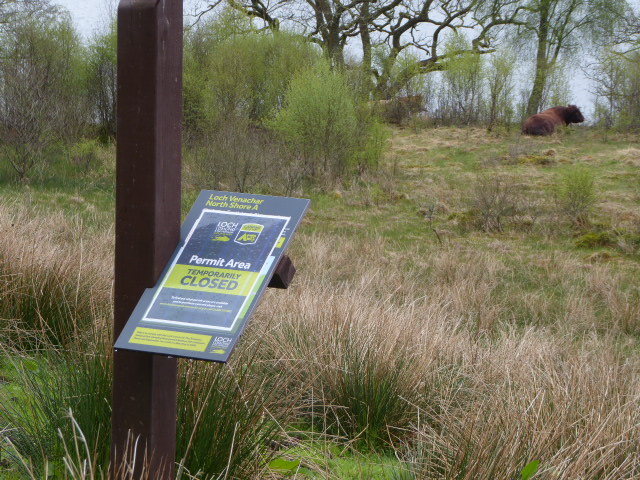
Loch Venachar used to be popular with anglers (it was once one of the best pike Lochs in Scotland) and provided one of the best places to camp in the Trossachs. With the introduction of the camping byelaws the Loch Lomond and Trossachs National Park considerably reduced the number of places where people were allowed to camp and, since then, the camping permit zones have been reduced even further. This post takes a look at what has happened.
The secret reduction in permit areas
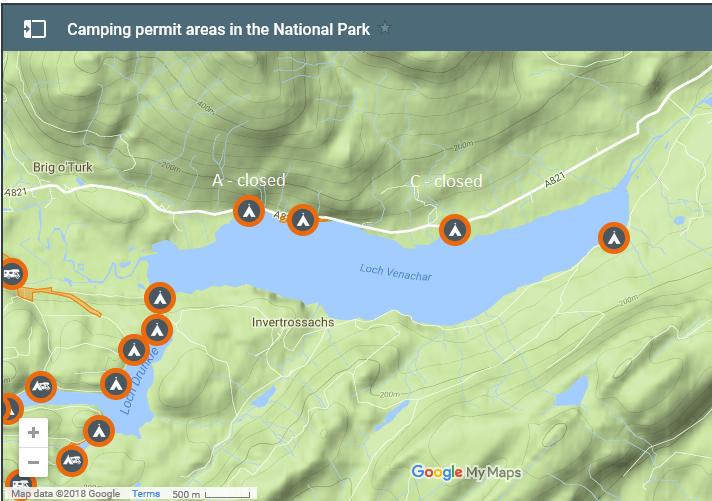
When the byelaws commenced last year the LLTNPA designated three areas for camping on the north shore of Loch Venachar and one on Invertrossachs Drive. At the beginning of this year new signs went up (top) to say Permit areas A and C – and another site on Loch Achray, just to the West – had been officially closed. In effect, that has created three more areas where camping is banned.

The LLTNPA has not made this additional ban public. A couple of months ago, after seeing the Closed Signs, I checked the booking system and a notice like that for Loch Achray (above) appeared. There was nothing to say the permit area had been “temporarily” closed and you could have spent a fruitless 10 minutes trying to find a day when a place was available. Now if you try and book a place to camp on the north shore of Loch Venachar, only Permit Area B appears – Zones A and C have disappeared.
Had the LLTNPA made this information public it would have further doubt about their promise to Scottish Minister to provide 300 new camping “places” as a pre-condition for the introduction of the camping byelaws. They have now, however, half-informed their stakeholder group – a group of organisations with an interest in the byelaws – what is happening:
We are also currently working towards reopening two permit areas this summer which had to be closed last season due to cattle grazing and we are in discussions about a new permit site on Loch Achray.
As always with the LLTNPA when it comes to camping this is a half-truth, as three, not two, camping permit areas have been closed.
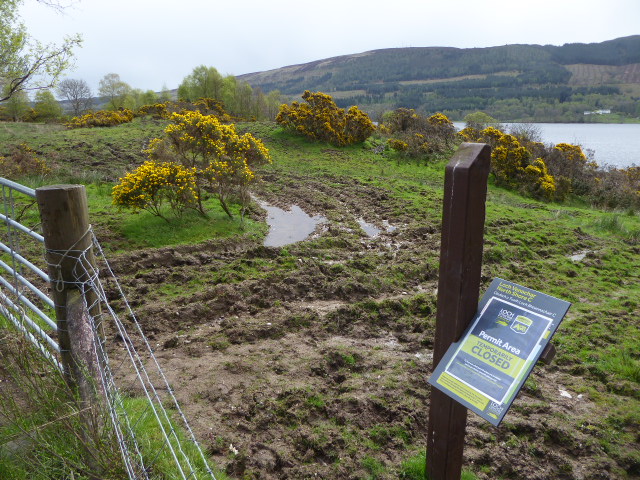
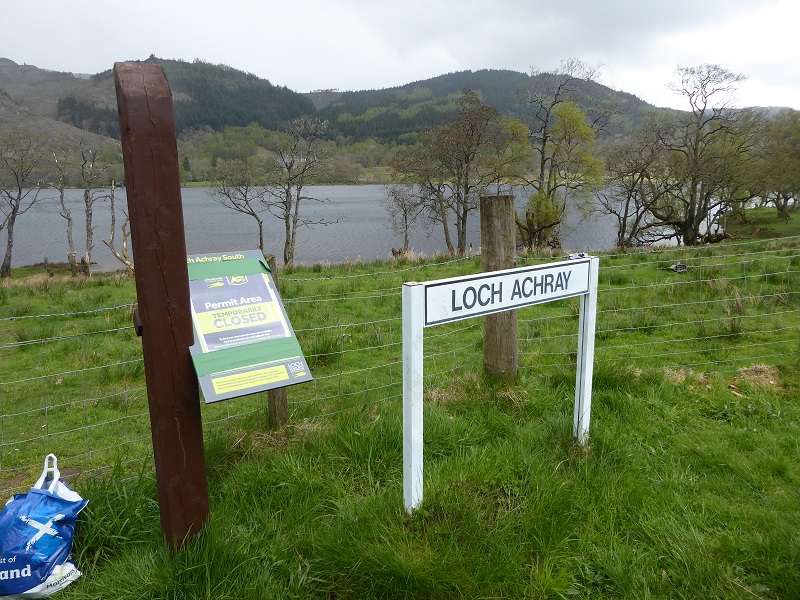
The LLTNPA did not explain in their email to stakeholders why the permit area on Loch Achray was closed – although the gate was padlocked last year. It would provide an excellent place for camping. Having introduced the camping byelaws, however, the LLTNPA has handed power to control access back to landowners. They can now refuse to co-operate with the provision of permit areas, either by withholding their consent or by refusing to change how they use the land. And who can blame them – cattle need places to graze just like people need places to camp?
The suitability of Loch Venachar Permit Areas A and C for camping
Unlike the permit area on Loch Achray, it would take a fairly desperate camper to use permit areas A and C on Loch Venachar.
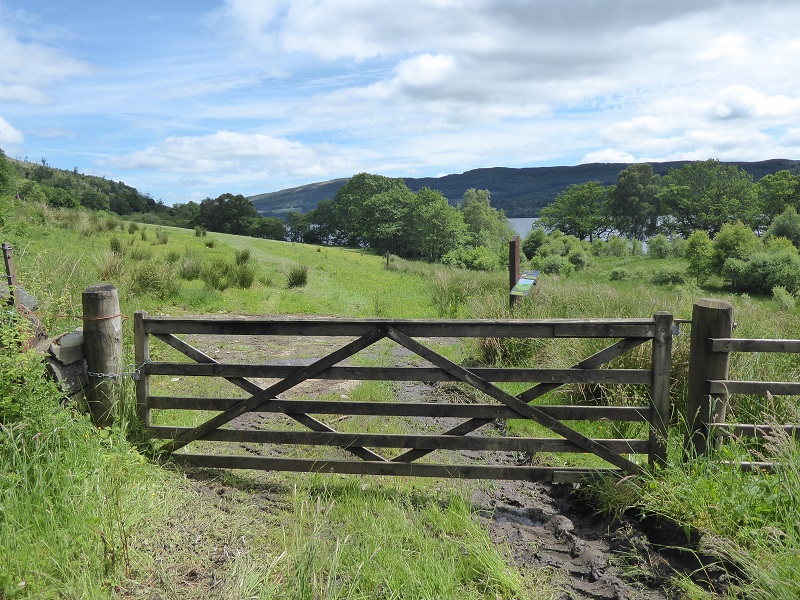
While camping zone A appears large, most of it is a steeply sloping field where it would be impossible to camp in comfort as you would just slide down the tent. A line of posts demarcates the permit area from the area on the right where camping was and is banned (though the ground there is very rough).
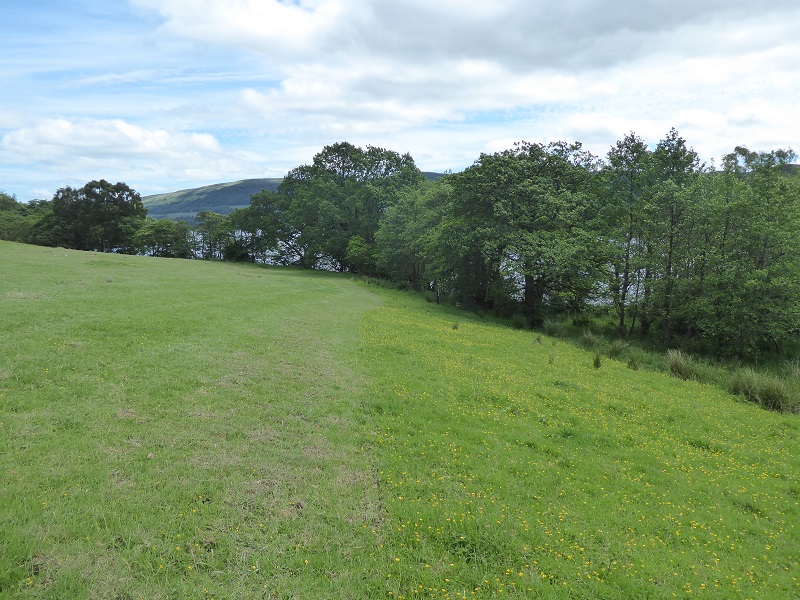
Last year I walked all round the field and could not identify ONE place good for camping.
Zone C is, if anything even worse.
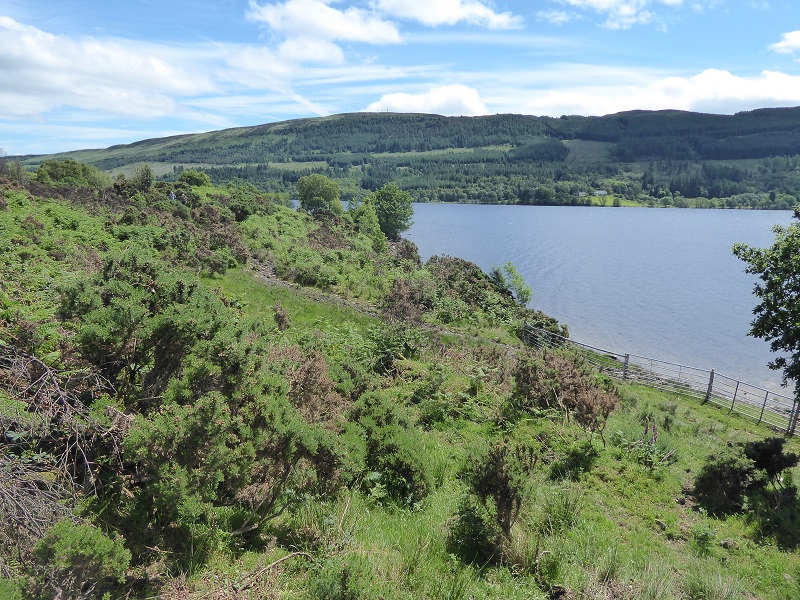
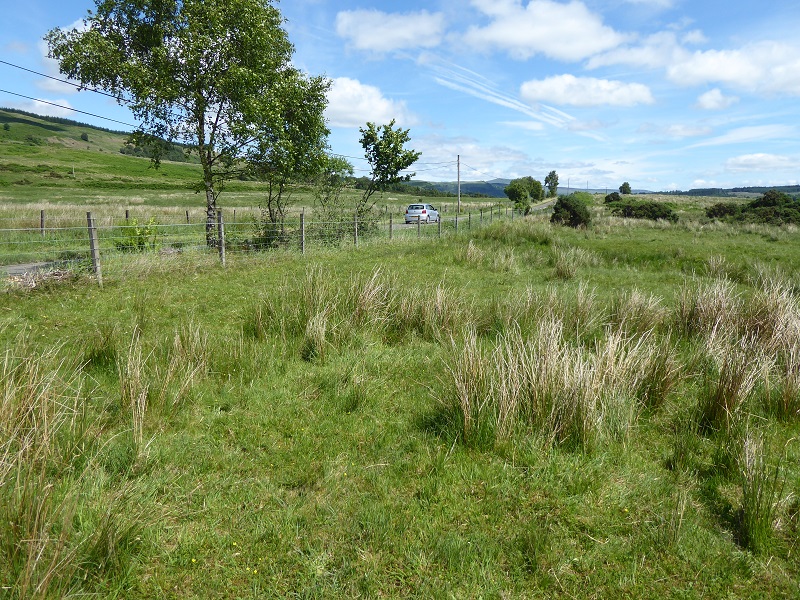
If the LLTNPA is really proposing to resuscitate these permit areas – where there was never much record of camping anyway – I would suggest their senior management team is sent to spend a night there first in a tent and reports on the experience. Only people totally divorced from reality and desperate to pretend to Scottish Ministers that they had made provision for sufficient camping places could ever have proposed these as fit places to camp.
The control of land around the camping permit areas and its consequences
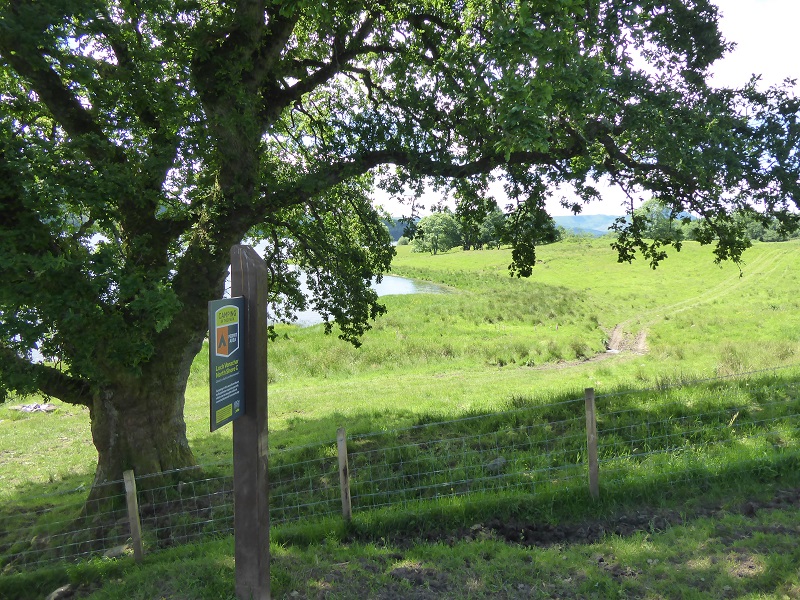
Beyond the west edge of camping permit zone C is a much better area for camping, with more flat ground and further from the road and, at the time I visited, it was far less effected by cattle. Camping here however is now banned. People’s right to choose where to camp, replaced by National Park diktat.
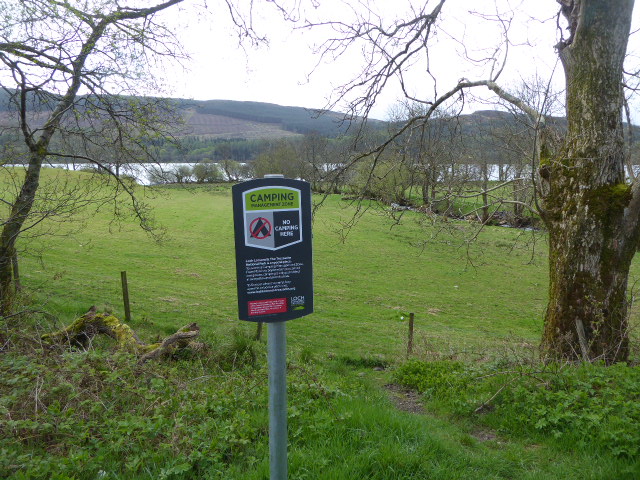
Instead of letting people choose the best places to camp the LLTNPA has, since last year, put up some of its “repeater” signs so people are in no doubt that camping is banned from the better places along the north shore of the loch.
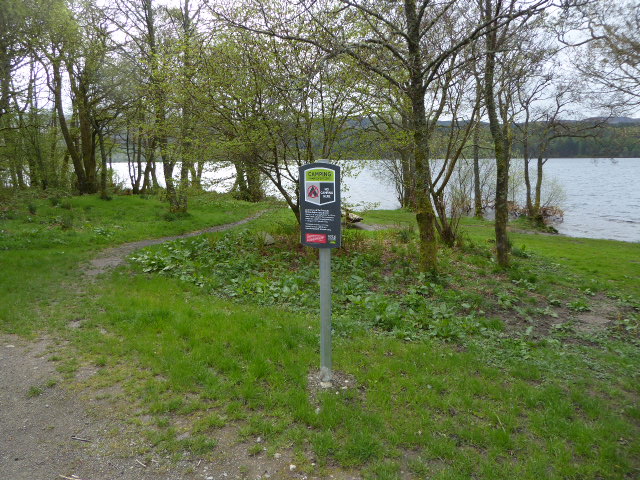
New “re-inforcer” signs also appear by areas adjacent to the car parks on the north shore of Loch Venachar. They make no reference to campervans (thankfully), so campervans can stay overnight here but campers can’t. One might say they re-inforce how fundamentally unfair and discriminatory the byelaws have become.
The cost of all these signs has been phenomenal – something like £150k to date – and many of the signs, as in Zones A and C, are now only fit for scrap. Perhaps the wasted money could be recouped from the salaries of the senior management team – someone needs to be held to account.
The wider consequence of the lack of provision on Loch Venachar is that more people have been concentrated into the two main remaining camping permit areas.
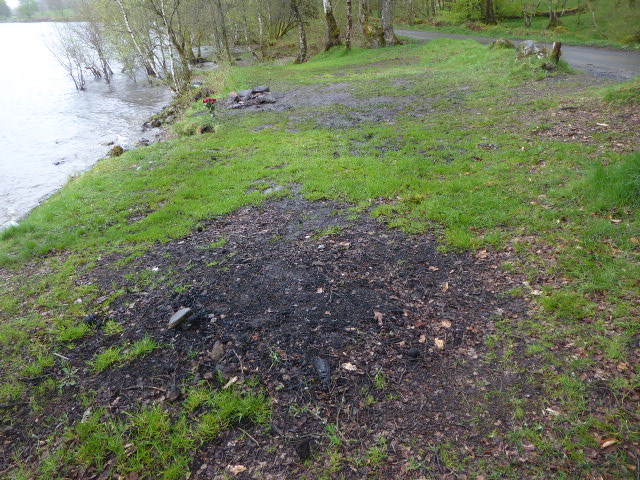
Invertrossachs Drive was once one of the better camping places for camping on Loch Venachar and although well used had no more tents recorded than other popular spots. The pressure on it has, however, now increased considerably through lack of places and along with that the impact on ground vegetation which, readers may recall, was yet another reason the LLTNPA used to justify the camping byelaws. What next? Will the LLTNPA need to introduce plastic pitches to protect the ground as they are doing in their campsites?
Prior to the camping byelaws, the LLTNPA’s own ranger patrol records show there were three main places where people camped along Invertrossachs Drive: Loch Venachar Dam, Loch Venachar Quay and the area which is now the Invertrossachs Drive permit area.
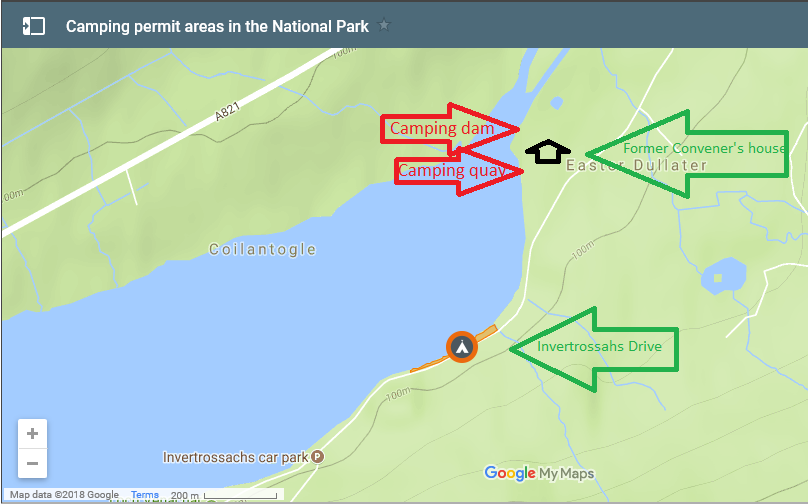
Having reduced the areas where people can now camp by a third, add in the closure of two permit areas from the north shore and you have real pressure. Responsibility for this disaster ultimately lies, I believe, with the previous Convener of the LLTNPA, Linda McKay. She advocated strongly for the byelaws, having failed to persuade the Land Reform Review Group to ban all roadside camping in Scotland, and built a house for herself between the two areas which the LLTNPA’s own data shows was popular for camping (see here).
The public interest question is whether the extent to which any increase in the ability of landowners like Linda McKay to enjoy their land following the introduction of the camping byelaws offsets the reduction in the ability of the general public to enjoy the loch shores.
The control of space in the National Park
What’s happened at Loch Venachar is fundamentally about control of space in the National Park. Its about landowners deciding where the public can go and where they can’t and in terms of land reform, has been a major step backwards. The top map tells a story. Campers have been cleared from most of Loch Venachar, even the land at Venachar Quay gifted to the people of Callender, and instead are being forced onto Forest Drive, without any regard to whether this provides a good camping experience or not.
Like most initiatives designed to control space and people’s behaviour, however, there are unintended consequences. As a result of handing power back to landowners, the LLTNPA has provided so few camping places that it risks the byelaws becoming totally discredited. While doing its best to cover up this failure at Loch Venachar and hoping it will go away, across the National Park now it looks very unlikely the LLTNPA will be able to produce the further camping places it originally promised – the 300 in the camping management zones was just to be the start. This shortage has concentrated campers, unnecessarily increasing their impacts.
Responsibility for this disaster lies totally with the LLTNPA. It will be interesting to see how they spin this in their next annual report to Scottish Ministers.
